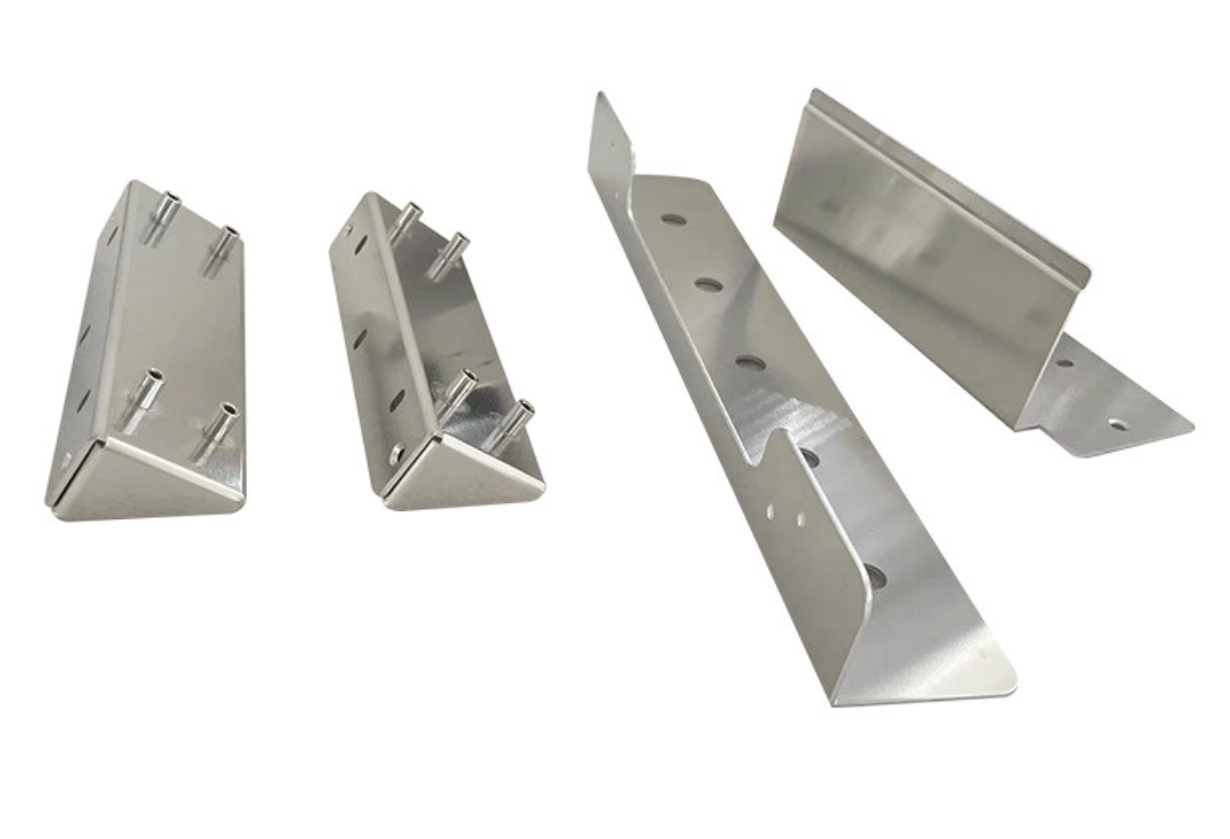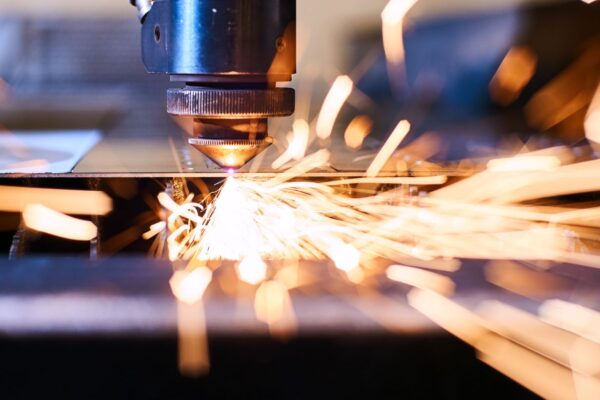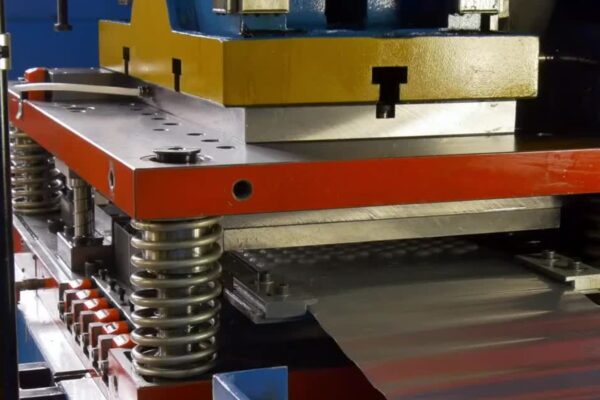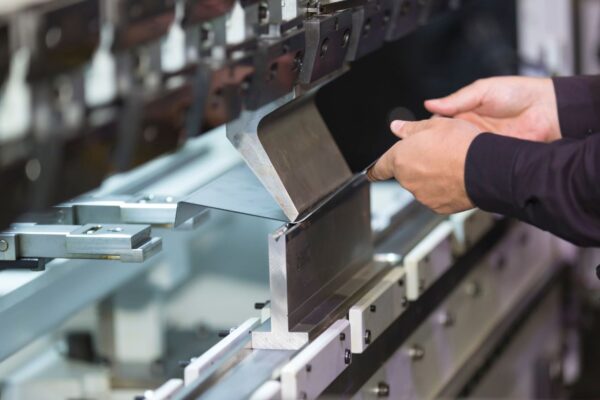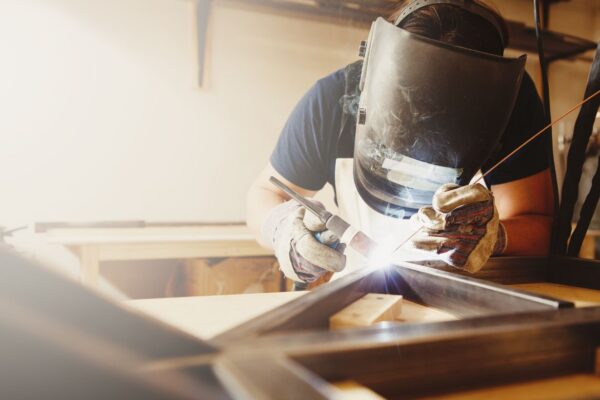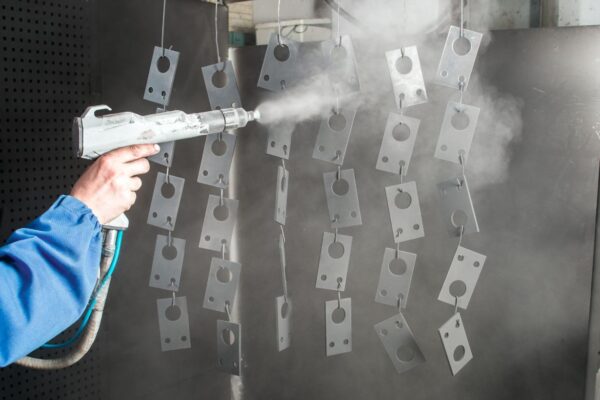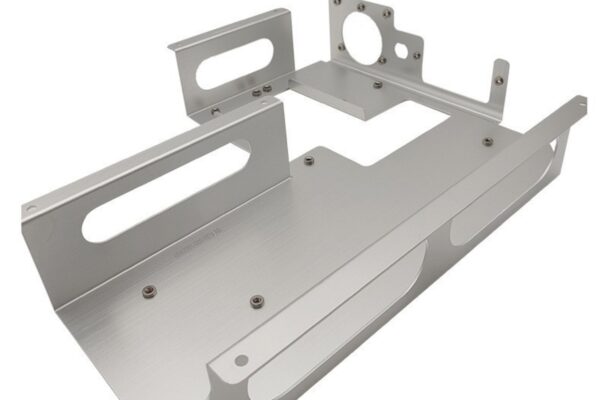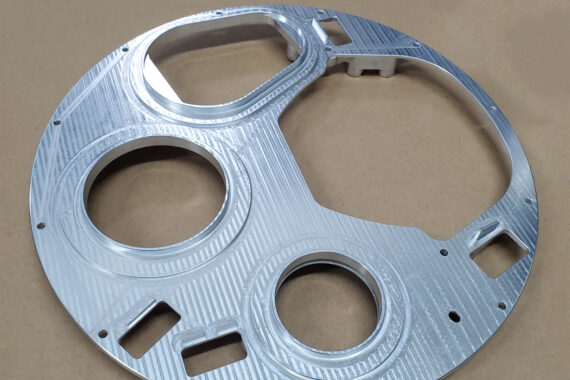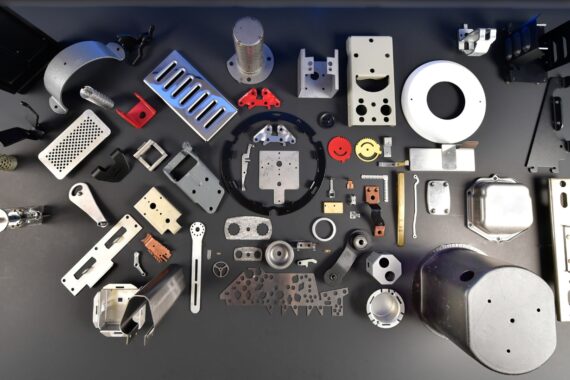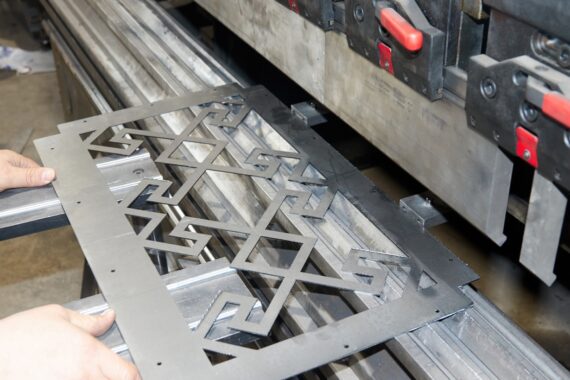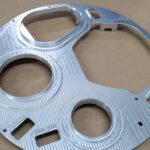Boyi Custom Automation equipment spare parts manufacturer provides customers with original quality, low-cost replacement...
Sheet metal manufacturing process is an industrial manufacturing process that involves processing raw materials such as metal plates and sheets into metal products. The main processes include shearing, stamping, bending, welding, surface treatment, and assembly. These processes work together to achieve high efficiency, high precision, and high-quality production and are widely used in the automotive, electronics, home appliances, and other industries.
Sheet metal processing is a manufacturing process widely used in various industrial fields. It involves processing raw materials, such as metal plates, sheets, strips, etc., into metal products with specific shapes, sizes, and performance requirements through a series of process operations.– Sheet Metal Processing Manufacturer
Shearing Process
Shearing is one of the most fundamental processes in sheet metal processing, mainly used to cut raw materials into the required shape and size.
Shearing processes include mechanical shearing, laser shearing, plasma shearing, water jet shearing, and other methods.
Mechanical shearing is suitable for thicker plates, while laser shearing and plasma shearing are suitable for thinner materials and can achieve high-precision and high-efficiency cutting.
Sheet Metal Stamping Process
Stamping is one of the commonly used processes in sheet metal processing. It uses a punch press and a die to stamp the raw material to obtain the desired shape and size.
The stamping process has the advantages of high production efficiency, low cost, and high material utilization. It is widely used in sheet metal processing in the automotive, electronics, home appliances, and other industries.
Sheet Metal Bending Process
Bending is the process of bending sheet metal materials into a predetermined angle and shape. It can be achieved through mechanical bending, hydraulic bending, pneumatic bending, and other methods.
The bending process occupies an important position in sheet metal processing because many products need to be bent to obtain the required shape and structure.
Sheet Metal Welding Process
Welding is the process of melting two or more metal parts together by melting their contact parts and then cooling and solidifying them into a whole.
In sheet metal processing, welding often connects multiple sheet metal parts to form a complete product. Welding processes include arc welding, gas welding, laser welding, and others. The choice of welding method depends on factors such as the nature of the material, welding requirements, and processing conditions.
Surface Treatment Process
Surface treatment is the process of processing the surface of sheet metal products to improve their corrosion resistance, aesthetics, and functionality.
Common surface treatment processes include spraying, electroplating, anodizing, and sandblasting. These processes can give sheet metal products rich colors, good texture, and excellent corrosion resistance so that they can maintain good performance under various environmental conditions.
Sheet Metal Assembly Process
Assembly assembles multiple sheet metal parts and other components according to design requirements. Assembly processes include threaded connections, riveting, welding, and others. Assembly is an important process in sheet metal processing because it is directly related to the quality and performance of the final product.

